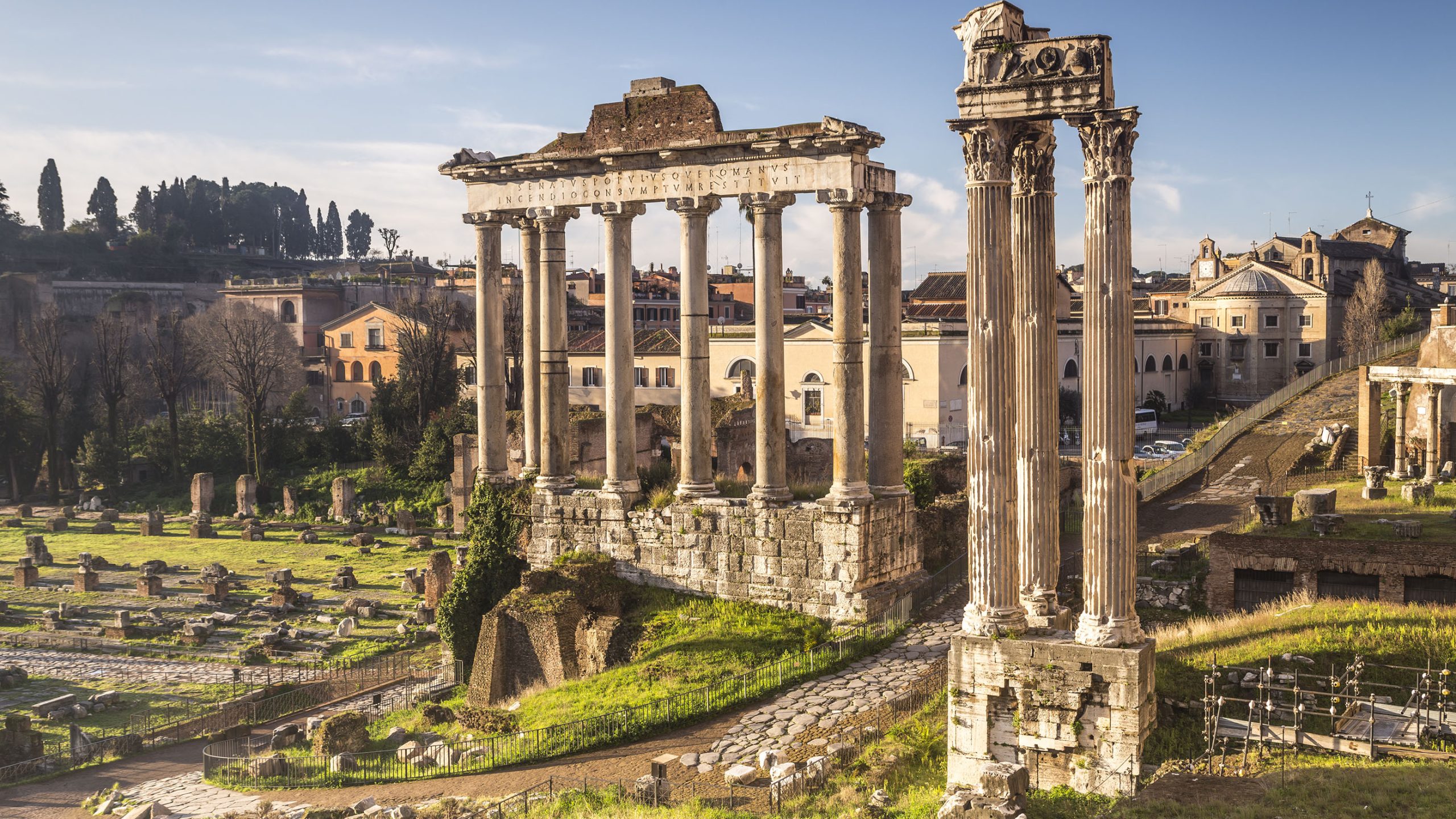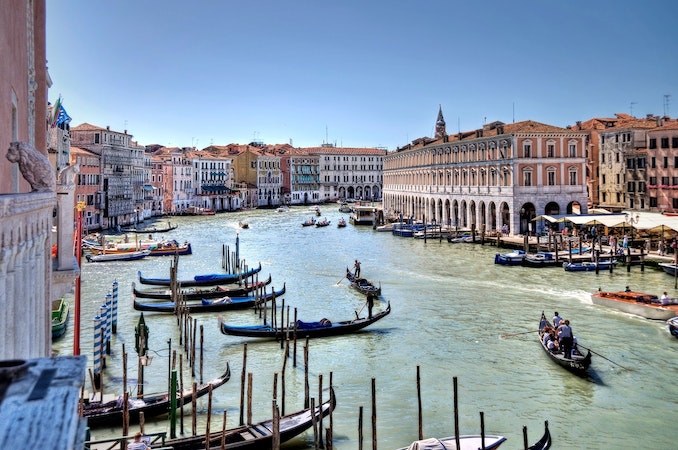How Classic Greece and Rome still matter to travellers

The ancient civilizations of Greece and Rome have left an indelible mark on the world’s cultural, scientific and architectural landscapes. The two empires’ influences on modern society are seen in everything from the buildings and monuments that adorn our cities to the language and ideals that shape our cultural beliefs. It’s no wonder then that the study of classical subjects such as Greek and Roman history, myths, and literature has been a longstanding tradition for humanities scholars. But it’s not just in academia that classical studies have value; they are also highly relevant to travellers today. One of the most significant benefits of studying ancient Greek and Rome is the opportunity to enrich one’s travels to these countries while gaining a deeper understanding of their people and culture. By studying the classics, you gain valuable insights into their values, philosophies, and way of life, making your trip more meaningful and rewarding. When you visit the ruins of the Parthenon in Athens or the Coliseum in Rome, for instance, you will understand better how these iconic structures fit within the context of the societies that built them. There’s also much to be learned about today’s political and social issues by studying classical history. For instance, the political philosophies of Aristotle, Plato, and Socrates have gone down in history as the shining examples of democratic thought. The U.S. Declaration of Independence itself was inspired by ancient Greek democracy, and its authors sought to create a government that reflected the egalitarianism that was so highly prized by Athenian… Read More


